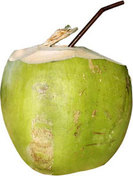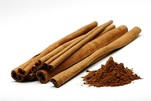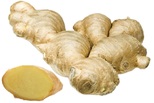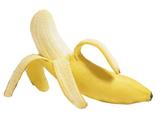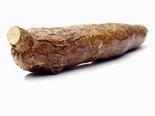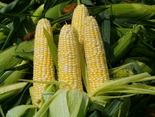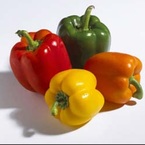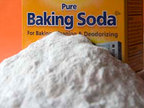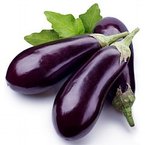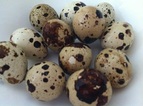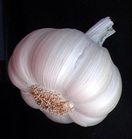Did you know?
|
|
|
|
|
|
|
|
|
|
|
|
|
|
|
|
Cayenne Chili Peppers
The cayenne chile is a bright red chile that ranges from 2-5 inches long and about 1/2 inch in diameter. Cayenne chiles are generally sold dried and used in soups and sauces. The majority of cayenne chiles are used to make cayenne pepper.
|
|
|
|
|
|
Pandesal
"PANDESAL (Salt Bread)" Despite the obvious Spanish origins of its name, Pan de Sal was introduced to the Philippines in the 16th century.
Pan de Sal is the most popular yeast-raised bread in the Philippines. Some Filipinos love to eat their pandesal by dipping it in hot coffee. Yummy! |
|
Coconut milk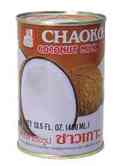
|
|
Tomatoes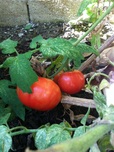
|
|
Torta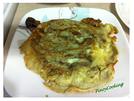
TORTA is a Spanish word with a huge array of culinary meanings depending from the area and period of history in question.
In ITALY, 'torta' means a SWEET CAKE. In MEXICO, torta is a kind of SANDWICH. In the PHILIPPINES particularly among Northern and Tagalog speaking provinces, 'torta' refers to a kind of OMELETTE made with eggs, ground meat and sometimes minced onion and potato. In Visayas and Mindanao, 'torta' refers to a SPONGE CAKE. Hmmmm... That's good to know! |
|
Related topics:
Loading...
